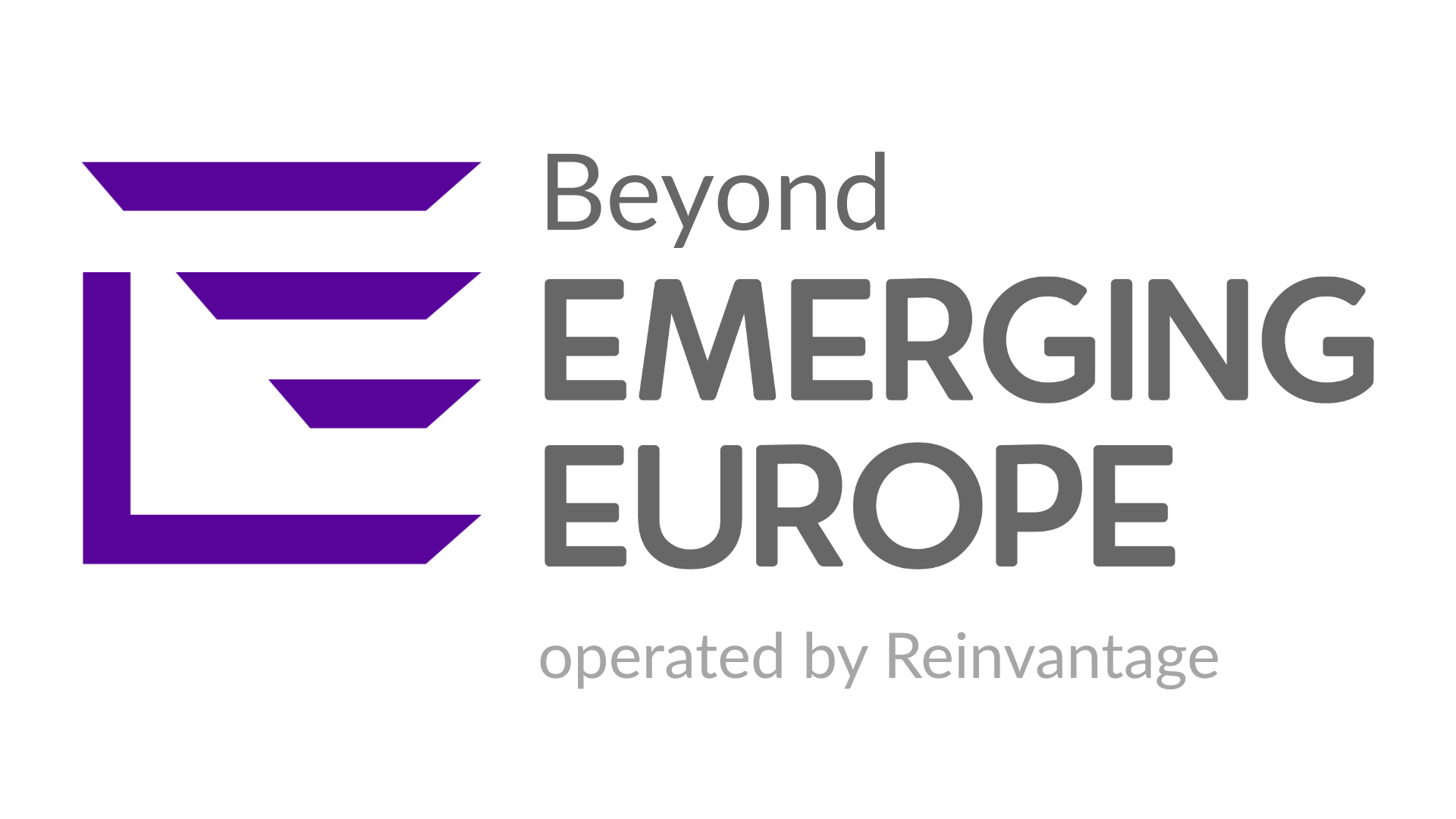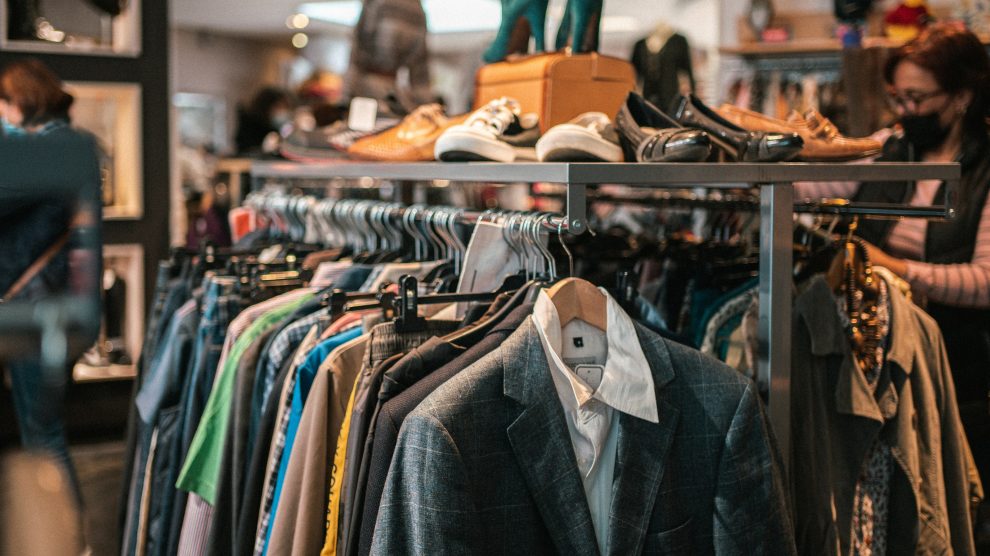Landfills once defined Central and Eastern Europe’s approach to waste management, but today a wave of policy reforms, tech-savvy start-ups, and canny investors is building a different legacy: an economy that prizes reusing, recycling, and reinventing yesterday’s rubbish into tomorrow’s resources.
In the quest to decouple economic growth from resource consumption, the circular economy has emerged as a guiding principle across the European Union.
Far more than a fashionable catchphrase, it offers a systemic approach to resource management that emphasises reuse, recycling, and the creation of closed-loop supply chains.
Nowhere is this transformation more visible—or more necessary—than in Central and Eastern Europe. From recycling start-ups turning waste into new materials to multinational corporations adopting eco-friendly packaging, the region is becoming a proving ground for circular economy innovation.
Policy drivers: The EU’s Circular Economy Action Plan
Launched in 2020, the Circular Economy Action Plan (CEAP) under the European Green Deal is the linchpin in the EU’s strategy to transform how member states manage resources.
It aims to halve municipal waste disposal by 2030, increase the reuse and recycling of materials, and strengthen extended producer responsibility (EPR) schemes. In pursuit of these ambitions, the EU has set targets that require member states to reduce the landfilling of municipal waste to a maximum of 10 per cent by 2035 and achieve a 65 per cent recycling rate by 2035.
For many nations in Central and Eastern Europe, the CEAP has served as both a challenge and an opportunity.
Historically, the region relied heavily on landfills; up until a decade ago, some Central and Eastern European countries were landfilling more than 70 per cent of their municipal waste.
Progress, however, has been swift. National waste management strategies—often backed by EU structural and cohesion funds—have incentivised the development of modern waste treatment facilities, spurred educational campaigns to increase sorting at source, and stimulated more efficient collection systems.
At the same time, the Single-Use Plastics Directive and packaging regulations are forcing companies to rethink product design. Governments from Lithuania to Bulgaria are imposing stricter obligations on manufacturers, prompting them to reduce plastic packaging volumes or invest in biodegradable alternatives.
Poland’s new packaging regulation, for instance, requires producers to carry more financial responsibility for managing end-of-life packaging, an approach resonating widely across the region. As these policies take hold, a virtuous cycle emerges: better regulation boosts consumer awareness, which then drives demand for sustainable products and services.
Start-ups turning waste into cash
Policy initiatives may light the spark, but the real engine of the circular economy in Central and Eastern Europe is the entrepreneurial community. Local start-ups are pioneering technologies and business models that transform refuse streams into valuable resources.
One notable example is Vinted, a Lithuania-based unicorn dedicated to giving clothing a second life. By facilitating peer-to-peer sales of used garments, the company has helped reduce the environmental toll of fast fashion, while simultaneously generating profits for its users and investors.
Vinted’s success—the firm is valued at over five billion euros—has inspired a wave of second-hand marketplaces, demonstrating that extending a product’s useful life is not merely an environmental measure but also an attractive commercial proposition.
Across the region, other ventures are harnessing waste streams in imaginative ways. A Hungarian firm, Poliloop, has developed a biotech solution that breaks down conventional plastics into compostable biomass, drastically shortening the decomposition process.
In Romania, Green Group is upcycling used plastic bottles into new polyethylene terephthalate (PET) flakes, ready to be used again in packaging and textiles.
Food waste is another major frontier for the circular economy. In Czechia, MIWA (Minimum Waste) has developed a refillable packaging system that helps grocery stores reduce single-use plastics. By providing electronic dispensers, MIWA allows consumers to buy exactly the quantity they need, cutting back on both product and packaging waste. In turn, supermarkets enjoy lower operational costs and appeal to an increasingly eco-conscious clientele.
A parallel push towards biofertilisers is evident in Slovakia, where start-ups are pioneering systems to convert organic waste—such as vegetable scraps and coffee grounds—into nutrient-rich fertilisers. These solutions not only mitigate methane emissions from landfills but also provide cost-effective alternatives to chemical fertilisers.
Such innovative ideas are attracting international investment, particularly from impact-focused venture funds and angel investors who see the circular economy as an expanding market segment. With growing policy support, and a wealth of untapped industrial by-products, the entire region offers opportunities for breakthrough technologies that can be replicated and scaled.
Transforming supply chains
While start-ups often steal headlines, corporates and municipalities remain crucial actors in the circular transition.
Manufacturers, retailers, and local governments are forging alliances to reduce waste generation and improve recycling infrastructure. This collaboration is evident in initiatives such as Closed Loop Partnerships, where multiple stakeholders share responsibility for a product’s life cycle—from raw material procurement to end-of-life treatment.
In Hungary, the Pet2Pet programme launched by a consortium of beverage producers and packaging companies has proven particularly effective. These companies pool resources to collect and recycle PET bottles, which are then reprocessed and sold back to the original manufacturers, creating a circular loop.
By integrating recycling streams into their supply chains, corporations can both save costs and bolster their sustainability credentials—an increasingly valuable asset in an era of conscientious consumers.
Retailers, too, are taking the lead. Several supermarket chains in Poland, for instance, such as Żabka, have piloted zero-waste sections where customers can fill reusable containers with nuts, grains, and cleaning products.
This approach benefits the companies by attracting a socially responsible customer base, while also reducing packaging waste. In Slovakia, a growing number of large retail outlets offer in-store recycling facilities and provide vouchers for customers who return glass or plastic containers. Such deposit-return schemes have boosted recycling rates, providing a glimpse of how well-designed incentives can influence behaviour on a national scale.
Municipalities are stepping up their game by investing in modern sorting stations and adopting pay-as-you-throw systems, which charge residents based on the amount of non-recyclable waste they generate. The Czech city of Liberec, for example, has introduced differential pricing for household waste collection, awarding discounts to residents who actively sort recyclable materials.
The data-driven approach, which uses digital chips on bins to track volumes, has reportedly increased recycling rates by over 20 per cent in just two years.
Opportunities for investors
A robust circular economy does not materialise overnight; it requires financing for infrastructure, technology, and scalable solutions. Herein lies an opportunity for investors, particularly in private equity and venture capital, to target high-growth ventures in sustainable materials, waste processing technologies, and digital marketplaces for second-hand goods.
The potential returns are not purely financial: investing in circular economy initiatives can help institutional investors meet environmental, social, and governance (ESG) criteria, which are rapidly becoming a staple for asset managers and pension funds.
Central and Eastern Europe is ripe for such investment. The cost of setting up recycling and composting facilities, for instance, tends to be lower than in Western Europe.
Moreover, many governments in the region offer grants, tax benefits, or subsidised loans to green ventures—a testament to how seriously policymakers view the circular economy’s potential. Combined with a rising pool of educated and tech-savvy talent, the region has all the makings of a start-up ecosystem that can rival any in Europe.
For foreign investors, whether from Western Europe, the United States, or Asia, the region’s relatively lower valuations and abundant growth potential make it an appealing proposition.
Scaling up closed-loop systems
Despite promising developments, scaling circular initiatives remains a substantial challenge. Many resource-recovery processes are capital intensive and hinge on the availability of consistent waste streams.
Small and medium-sized enterprises (SMEs), though innovative, frequently grapple with limited financing, regulatory uncertainty, and difficulties in building supply-chain partnerships. Strengthening collaboration between governments, large corporates, SMEs, and research institutions could help bridge these gaps.
Emerging research on closed-loop systems underscores the importance of digitisation. Advanced waste-tracking software, blockchain-based traceability, and sensor-enabled collection bins can provide the real-time data needed to optimise sorting processes and reduce contamination of recyclables.
In Poland, pilot projects utilising the Internet of Things (IoT) are already reducing municipal waste collection costs by up to 20 per cent. If expanded region-wide, such technologies could significantly improve material recovery rates.
Another critical area is consumer education. Raising awareness about the impacts of landfilling, promoting recycling best practices, and showcasing alternative consumption models (such as subscription services or product-as-a-service schemes) are all vital to creating a culture where discarding resources is seen as a last resort.
Educational campaigns, particularly those targeted at younger generations, are already bearing fruit: schools in Estonia and Latvia, for example, include circular economy principles in their curricula, fuelling an environmental consciousness likely to endure into adulthood.
Looking ahead, the region must focus on closing the loop across entire value chains, from resource extraction (or reuse) to product manufacturing, distribution, consumption, and end-of-life management.
This will require robust legislation, stable financing, and, perhaps most importantly, a shift in mindset among producers and consumers alike.
Photo by Hugo Clément on Unsplash.
At Emerging Europe, we use an integrated approach centred around market intelligence to help organisations understand trends and strategically position themselves for success.
Learn how our solutions can help you thrive in the region:
Company and Services Overview | Strategic Advantage.


Add Comment